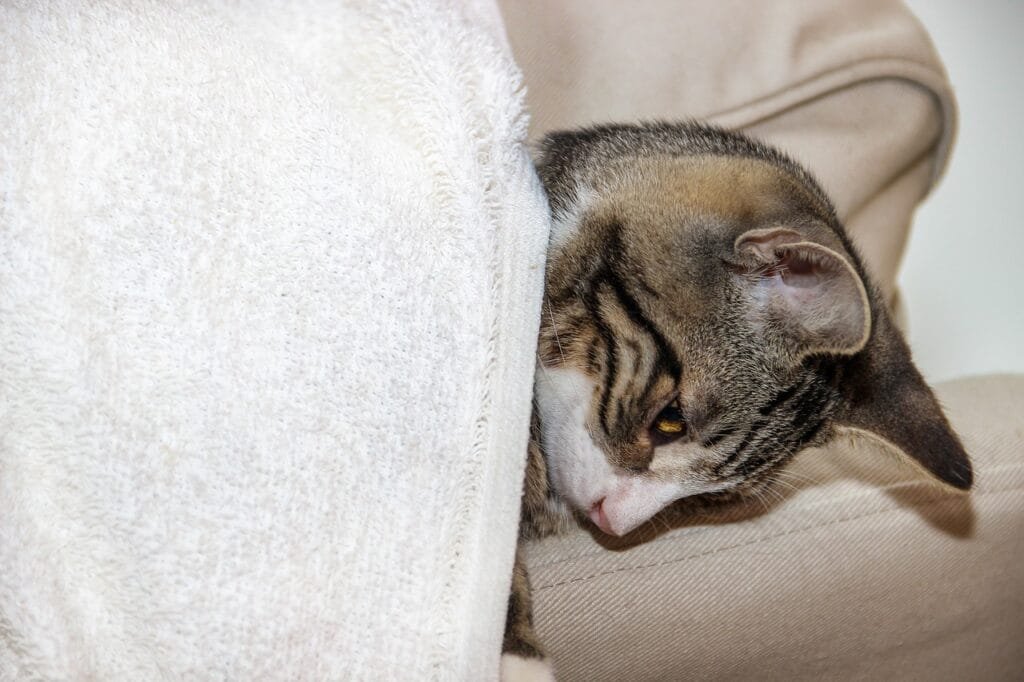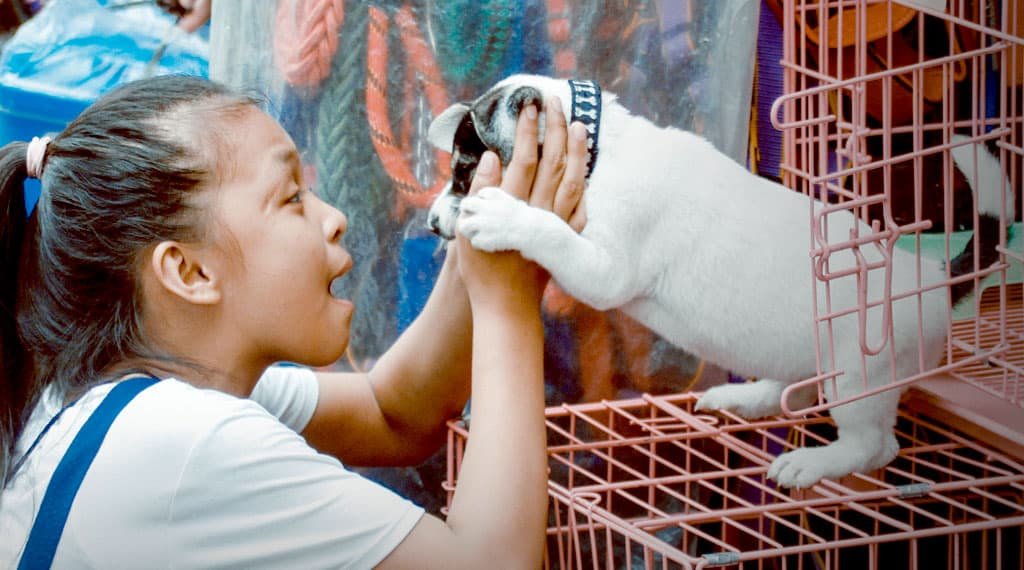In the peaceful corner of a cozy living room, a seemingly ordinary cat bed hides a mysterious secret that has left pet owners and scientists alike baffled. Nestled within the plush cushions, tiny worms have been discovered wriggling in an intricate dance, defying all expectations of where these elusive creatures could possibly emerge. The unsuspecting felines that once curled up in comfort are now at the center of an enigmatic phenomenon, sparking curiosity and intrigue among those who stumble upon this bizarre spectacle.
As researchers delve deeper into this peculiar discovery, questions arise about Tiny Worms in Cat Bed. Could they be remnants from a forgotten ecosystem or perhaps interlopers from another dimension? The implications of such an enigma are far-reaching, leaving us to ponder the intricate web of connections that exist within our very homes. Join us as we unravel the mystery behind these tiny worms in a cat bed and embark on a journey into uncharted territory where reality blurs with imagination.
Types of worms found: Identify the invaders
When it comes to identifying the invaders in your cat’s bed, there are a few types of worms to be aware of. One common culprit is the tapeworm, which can resemble small grains of rice and often cause irritation for both cats and their owners. Another pesky worm to look out for is the roundworm, which can appear like spaghetti strands in your cat’s bedding. These worms are not only unsightly but can also pose health risks for your beloved feline friend.
It’s important to stay vigilant and regularly check your cat’s bed for any signs of these tiny invaders. By being proactive and educating yourself on the different types of worms that may be lurking in your pet’s sleeping area, you can ensure a healthier environment for both you and your furry companion. Remember, prevention is key when it comes to keeping these unwanted guests at bay, so don’t hesitate to take action if you suspect any worm infestations in your home.
Health risks for cats: Potential dangers explained
One often overlooked health risk for cats is the presence of tiny worms in their bedding. These worms, such as heartworms or roundworms, can easily infest a cat’s bed and pose serious health threats if not addressed promptly. Cats can contract these worms through contact with infected animals or contaminated soil, making it crucial to regularly clean and replace their bedding to prevent infestation.
Moreover, the presence of tiny worms in a cat’s bed can lead to parasitic infections that weaken the immune system and cause symptoms like weight loss, lethargy, and digestive issues. It’s important for cat owners to be vigilant about monitoring their furry companions’ bedding and overall health to catch any potential dangers early on. By staying proactive and informed about these risks, pet owners can help ensure their feline friends lead healthy and happy lives free from dangerous parasites lurking in their beds.
How to prevent infestations: Tips for cleanliness
Keeping your living space clean is vital in preventing infestations of pests like tiny worms that can make their way into unexpected places, such as your cat’s bed. Regularly washing and vacuuming all bedding and upholstery, especially where pets frequent, can help eliminate any potential hiding spots for these unwelcome guests. Additionally, storing pet food in airtight containers and cleaning up any spills promptly can deter pests from being attracted to these food sources.
In the battle against infestations, maintaining good hygiene practices not only benefits your health but also serves as a proactive measure against pests. Taking out the trash frequently, sealing cracks and crevices in walls and floors, and keeping outdoor areas tidy can all contribute to creating an environment that is less hospitable to pests seeking shelter or food sources. By incorporating these cleanliness tips into your routine, you are taking important steps towards safeguarding your home from potential infestations of unwanted critters like those tiny worms that may find their way into unsuspecting corners of your living space.
Treatment options for Tiny Worms in Cat Bed: Seeking veterinary assistance
When discovering tiny worms in your cat’s bed, it is crucial to seek veterinary assistance promptly. These worms could be a sign of parasitic infestation, which requires specific treatment tailored to the type of parasite present. Veterinary professionals can conduct tests to identify the exact type of worm and recommend the most effective treatment options.
Instead of attempting home remedies or over-the-counter treatments, consulting a veterinarian ensures that your cat receives proper care based on their individual health needs. Delaying veterinary assistance can result in worsening symptoms for your cat and potential transmission of parasites to other pets or even to humans in the household. Remember, early detection and intervention play a key role in effectively managing parasitic infestations and safeguarding the health of your beloved feline companion.
Myths vs. facts: Dispelling common misconceptions
Myth: Finding tiny worms in your cat’s bed means your pet is infected with a dangerous parasite. Fact: While the sight of worms may be alarming, not all tiny worms found in your cat’s bed indicate a serious health issue. In many cases, these worms are simply insect larvae that have made their way into the bedding material.
Myth: All parasites are harmful to pets and must be eliminated immediately. Fact: While some parasites can pose health risks to animals, not all infestations require urgent intervention. In fact, some parasites may play a beneficial role in controlling other pests or maintaining the ecosystem within your pet’s environment.
Myth: Keeping your cat indoors will prevent them from encountering potential parasites and infections. Fact: Indoor cats are still at risk of picking up parasites through contact with humans or other animals, even if they do not venture outdoors. Regular veterinary check-ups and preventive treatments are essential for safeguarding your feline friend against any potential health threats.
Conclusion
In conclusion, the presence of tiny worms in a cat bed can pose a health risk to both pets and humans. It is crucial for pet owners to regularly clean and inspect their cat’s bedding to prevent infestations and ensure a safe living environment. Treatment options such as washing bedding in hot water, vacuuming regularly, and using pet-safe insecticides can help eliminate worms and prevent reinfestation.
By staying vigilant and proactive in maintaining cleanliness, pet owners can protect their beloved feline companions from potential health issues caused by these pesky parasites. Remember, a clean bed is a happy bed – take action today to keep your cat healthy and comfortable.


